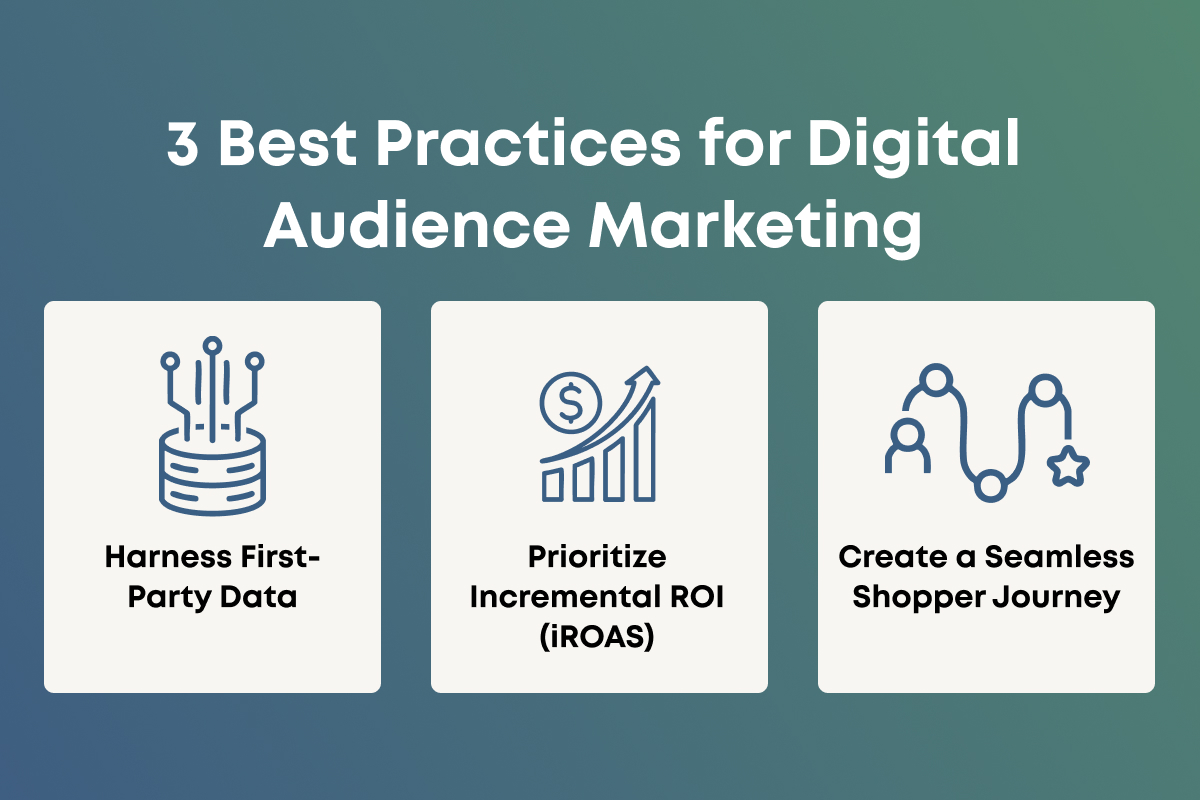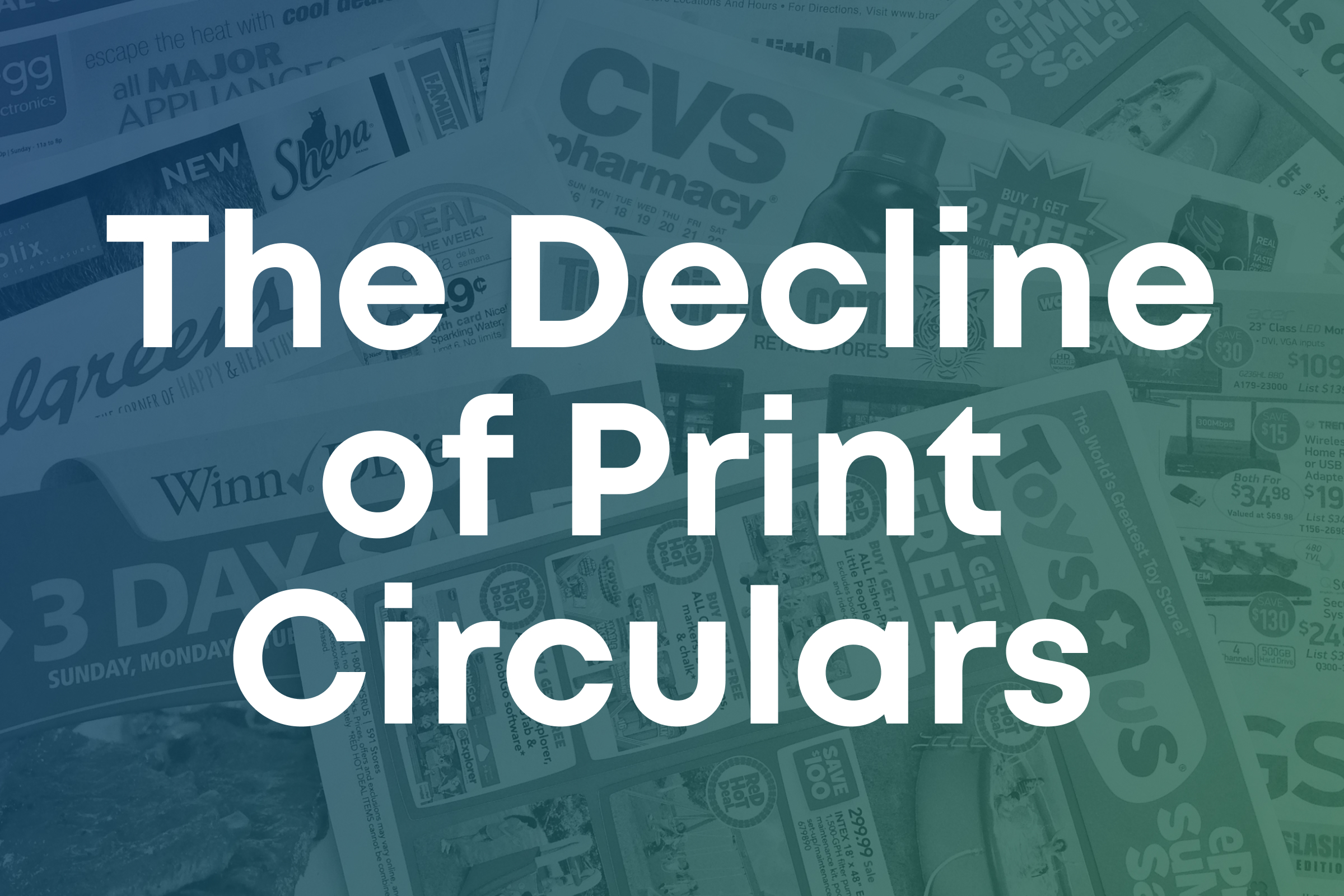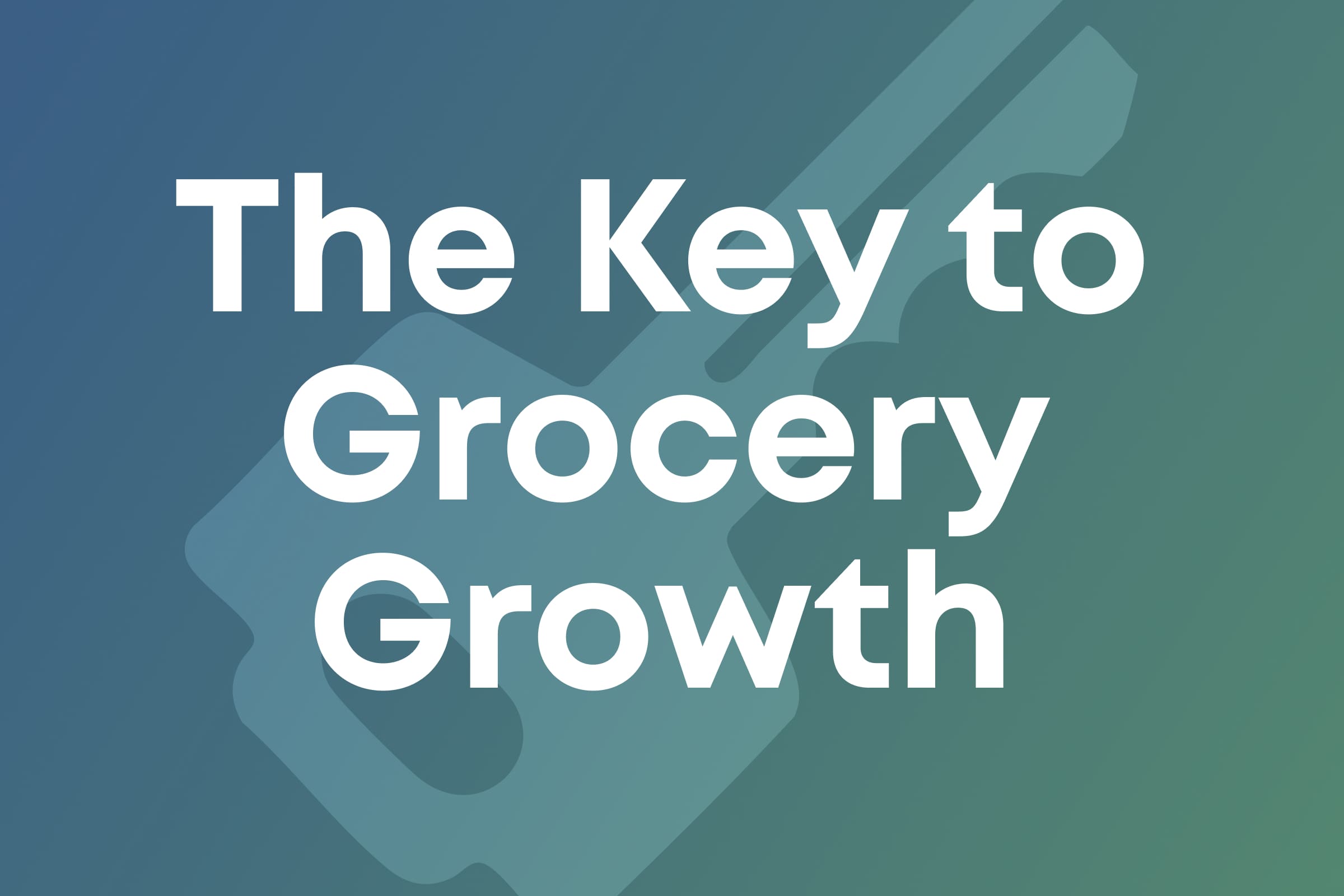3 Best Practices for Digital Audience Marketing in Grocery Retail
Swiftly
Grocery is shifting faster than ever. Nearly 80% of U.S. shoppers use digital channels to plan purchases (NielsenIQ), but many independent and regional grocers still invest heavily on traditional print and in-store promotions. Meanwhile, national chains and digital-first competitors are using sophisticated digital targeting to capture market share. Fragmented data, limited digital maturity, and smaller budgets make it harder for smaller grocers to keep up. Without a clear digital audience strategy, they risk losing trips, loyalty, and share of wallet.
The good news? With the right practices in place, grocers can not only compete but thrive — delivering personalized experiences, deeper shopper engagement, and measurable ROI.
3 Best Practices for Digital Audience Marketing
1. Harness First-Party Data
Your loyalty programs, POS systems, and shopper apps are treasure troves of insight. Use this first-party data to segment audiences, identify high-value shoppers, and tailor offers that drive trips and bigger baskets. First-party data ensures compliance and accuracy, while strengthening shopper relationships.
2. Prioritize Incremental ROI (iROAS)
Clicks, impressions, and even surface-level ROAS can make campaigns look good on paper – but they don’t prove real impact. Incremental Return on Ad Spend (iROAS) goes further, showing whether your marketing dollars generated new trips and sales, not just subsidized purchases that would have happened anyway.
3. Create a Seamless Shopper Journey
Today’s shoppers move fluidly between channels — browsing weekly deals online, activating personalized offers in an app, and redeeming them at checkout. To compete, grocers must create a connected, consistent journey across digital and physical touchpoints.
When offers are hard to find, available in one channel but missing in another, or redemption steps vary by platform, shoppers lose trust and loyalty. But when retailers deliver seamless engagement across channels, shoppers feel recognized and valued — which translates into repeat trips, bigger baskets, and stronger retention.
Effective digital audience marketing doesn’t mean adding complexity. It means building an integrated experience that ensures every shopper interaction — whether online, in-app, or in-store — feels effortless and rewarding.

How Swiftly Helps Grocery Retailers Win
Swiftly was built to level the playing field for regional and independent grocers by turning these best practices into action:
- Harness First-Party Data → With Audience Optimizer™, we help grocers unlock loyalty and POS data that’s often siloed, transforming it into targeted campaigns that reach the right shopper at the right time.
- Prioritize Incremental ROI → Our closed-loop reporting delivers true iROAS, proving the incremental trips and sales driven by campaigns — not just surface-level metrics.
- Meet Shoppers Where They Are → Swiftly’s platform enables retailers to run true omnichannel campaigns by combining onsite and offsite activations to reach the right shopper with the right offer at the right time. From personalized promotions in a retailer’s app or website to targeted offsite ads that re-engage shoppers beyond the retailer’s properties, Swiftly ensures that offers are easy to find, activate, and redeem. By unifying these touchpoints into a seamless journey, retailers can expand their reach, strengthen loyalty, and drive measurable growth.
By aligning data, accountability, and shopper experience in one platform, Swiftly empowers grocers to compete with national chains, strengthen customer relationships, and grow profitably.
The Bottom Line
Digital audience marketing is no longer optional — it’s a necessity. By focusing on data, accountability, and shopper, grocery retailers can transform their marketing into a true growth engine.
It’s time to turn audience marketing simplicity into your growth engine. Swiftly can help you get there.




